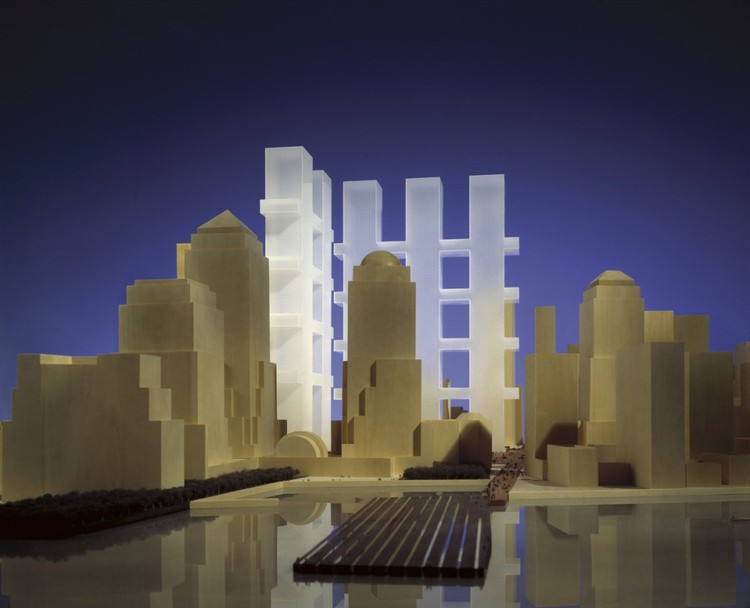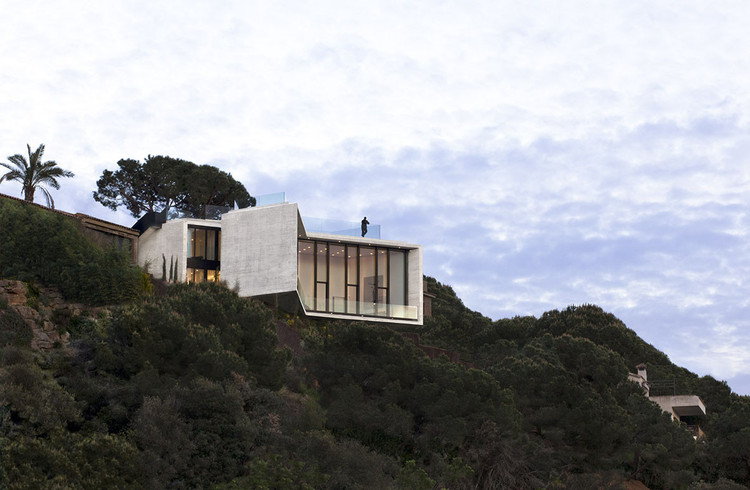
Over time, people have found many different ways to fund the construction of a building. Museums for example have long benefited from the support of deep-pocketed patrons, with The Broad Museum, a permanent public home for the renowned contemporary art collection of philanthropists Edythe and Eli Broad, being the newest example in a long history of such practices. However in our ever-more-connected world - and against a backdrop of reduced government support for creative endeavors - the onus of funding seems to be shifting once again, away from the individual and towards the crowd.
As crowdfunding makes strides in all realms of innovative enterprise, including architecture, we wanted to hear from our readers about what they thought of this new opportunity for a publicly held stake in what has historically been the realm of singular, well-heeled organizations in the form of the state or private capital. Writing about the history and current trajectories of public funding, alongside a more pointed discussion of BIG’s Kickstarter for “the world’s first steam ring generator,” we posed the question: does public funding have a place in architecture, and if so, is there a line that should be drawn?
Read on for some of the best replies.





































.jpg?1442198797)


